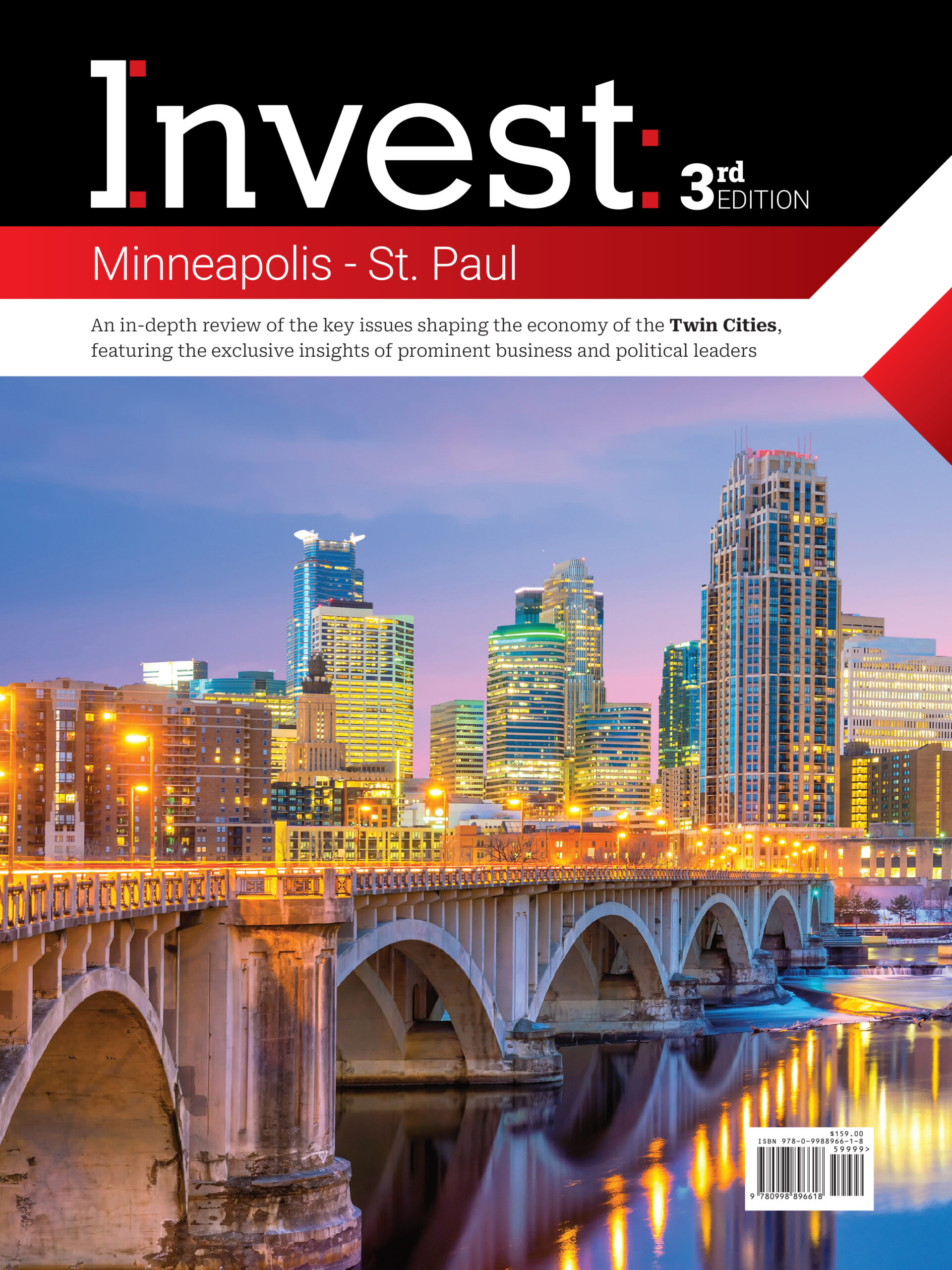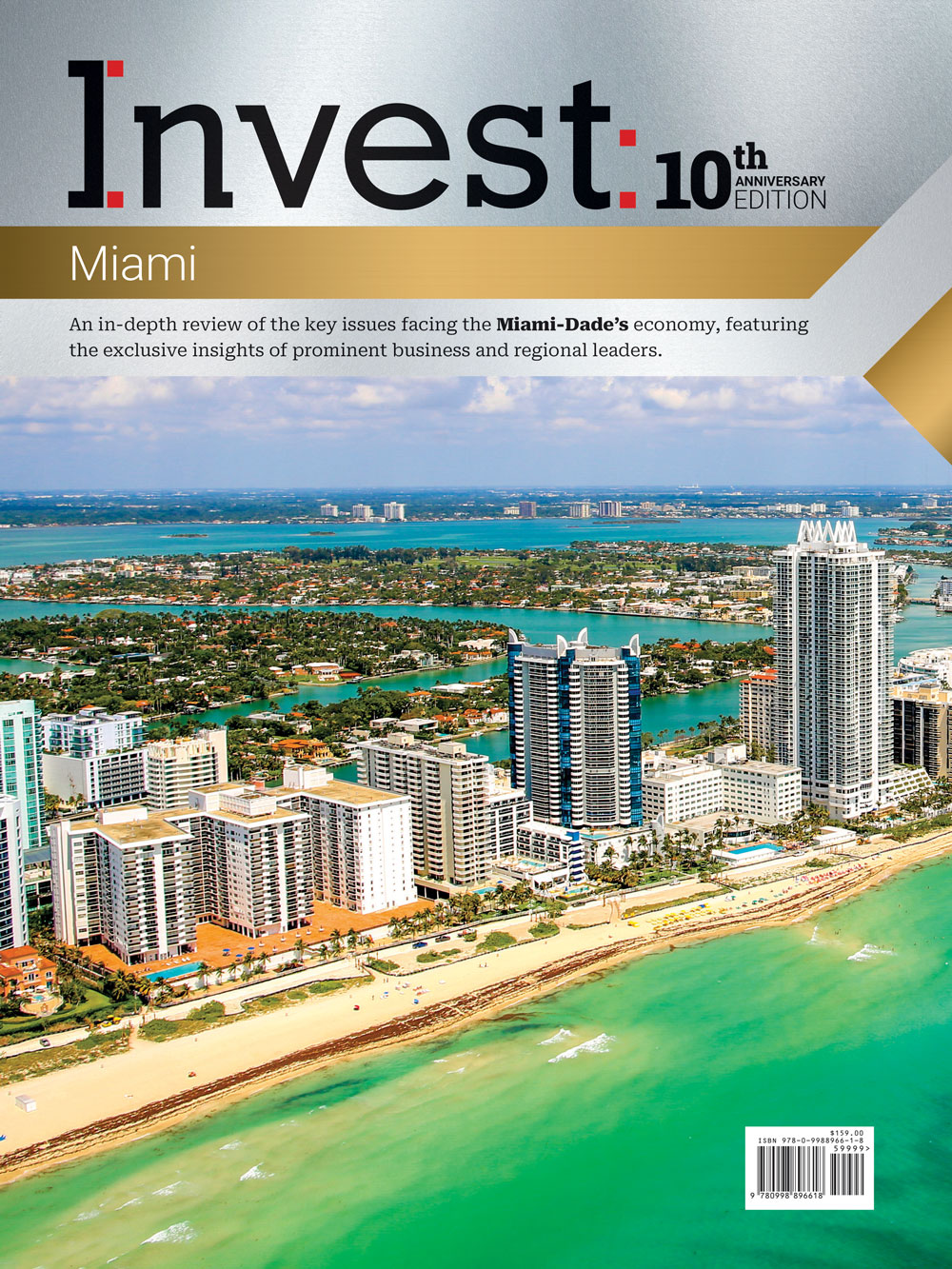Spotlight On: Robert Ahdieh, Vice President – Professional Schools and Programs & Dean – School of Law, Texas A&M University
 October 2023 — Invest: spoke with Robert Ahdieh, vice president for professional schools and programs at Texas A&M University and dean of the School of Law, about recent milestones, his vision for his new vice president position, and his priorities for the law school and the university. “I have been excited to see the impact Texas A&M has had in the Metroplex over the past five years, but we can do even more,” he said.
October 2023 — Invest: spoke with Robert Ahdieh, vice president for professional schools and programs at Texas A&M University and dean of the School of Law, about recent milestones, his vision for his new vice president position, and his priorities for the law school and the university. “I have been excited to see the impact Texas A&M has had in the Metroplex over the past five years, but we can do even more,” he said.
What have been the recent milestones for the School of Law and the university?
Texas A&M School of Law was recently ranked 29th in the country. In just eight years, we went from unranked to the Top 30. That is unprecedented, but it’s reflective of our consistent focus on the elements of excellence in legal education. We have brought in incredibly high-quality students and faculty. And that produces results – such as our Class of 2022 ranking No. 1 in the nation, in terms of placement in high-quality jobs.
We’ve also been focused on building areas of excellence based on community needs. Early on, we identified intellectual property and technology as a critical area to emphasize. We hired numerous faculty in that area and developed significant programs. We added energy and the environment into the mix as one of our strongest areas – given the importance of the energy sector in North Texas. And now we’re building in health law, policy and management.
In those areas and others, we’ve also developed new master’s degrees, certificates, and executive education programs for non-lawyer professionals – which have grown to more than 1,000 students in just five years. We’ve now got more professionals in healthcare, banking/finance, energy, and other heavily regulated industries at the law school than future lawyers!
To grow those programs – as well as other Texas A&M University contributions to North Texas – needed new facilities. So, we decided to create a more comprehensive A&M presence in Fort Worth, to meet the needs of all of Dallas-Fort Worth. A&M Engineering, Health Sciences, and AgriLife, among others, are coming to the Metroplex. At the new Texas A&M-Fort Worth campus, they will share space for industry collaborators as well – creating a multidisciplinary campus focused on innovation, technology and the needs of the business community. This ecosystem of academic/industry R&D, workforce training and student-to-employee pipelines will be transformative for our region.
How are you working to offer a cohesive curriculum that meets all these different needs, through both traditional and nontraditional programs?
As exemplified by the law school’s diversified offerings, higher education is realizing the need to meet the lifelong educational needs of today’s workforce. In those efforts, Texas A&M has proven to be distinctly entrepreneurial. We now have an office of strategic and community engagement that is specifically focused on continuing education, lifelong learning and community engagement – and is in active dialogue with the business and broader community, to be sure we’re allocating resources in ways that will be most impactful. Coming back to the A&M campus we’re building here in North Texas, part of the notion is that it will create an environment for active, daily dialogue between industry and academia, in ways that will generate a steady stream of new and exciting opportunities.
What is your vision for your new role as vice president for professional schools and programs?
Most institutions are inherently conservative, even institutions of higher education. My role is to help overcome that tendency at Texas A&M – taking the arc of expanding programs we’ve created at the law school, and seeing how we might translate that to engineering, health sciences, and elsewhere. We want to identify existing and potential master’s degree programs that can add value to the work of working professionals and those for whom they work. Is there a master’s degree in the foundations of engineering that might be useful for business people without technical training? Something similar in healthcare, for non-medical professionals? We’re engaging deans across the length and breadth of the university, to identify such opportunities. From there, we can start looking at certificates and executive education programs as well.
What are your aspirations for Texas A&M University School of Law and the DFW higher education landscape as a whole?
At the law school, we continue to focus on the core elements of recruiting excellent students, impactful faculty and offering high-quality academic programs that produce student success upon graduation. Those aspirations are captured by lots of metrics – including but not limited to ranking. Over the next three to five years, A&M’s aspiration for the law school is that it will sit among the very top law schools in the country. For the university, the new A&M campus will help to transform Fort Worth and how companies from across the country think about the DFW region. We already have companies from around the country that are in conversation about relocating to the region, given the opportunity to collaborate with A&M in research and development, workforce training and the hiring of new employees.
For higher education institutions that are entrepreneurial and think outside the box, the sky’s the limit here in the Metroplex. I’ve been excited to see various collaborations among higher education institutions in the area over the last five years, but we can do even more. Given the diverse audiences, functions and missions of our higher education institutions in North Texas, I don’t think of them as primarily being in competition. The success of one doesn’t hamper the success of the others, because we can collectively tell a story of the region as a higher education hub – akin to Boston, for example. We can be the place that companies look to, when they need a high-end workforce. Massachusetts can be challenging for companies, but they go there anyway, given the educated workforce the city offers. If we could create a similar dynamic here, including through collaboration across institutions, I think Boston would have nothing on the Metroplex. We have a much more attractive setting for businesses in general. If we are also able to meet companies’ workforce needs as well, I don’t think it’s even a close call.
For more information, visit:













